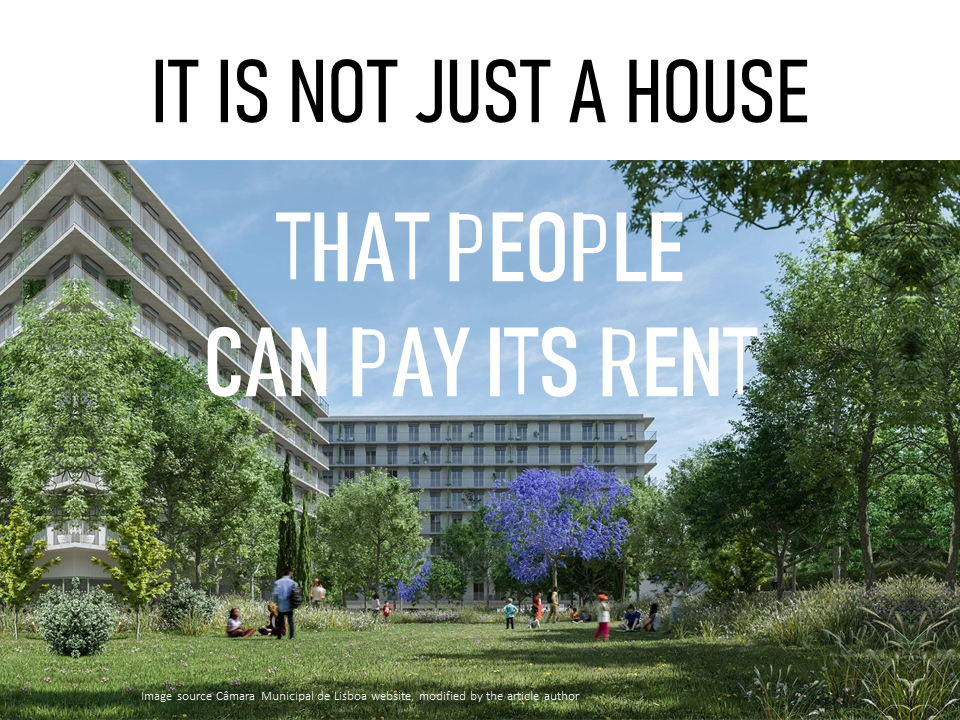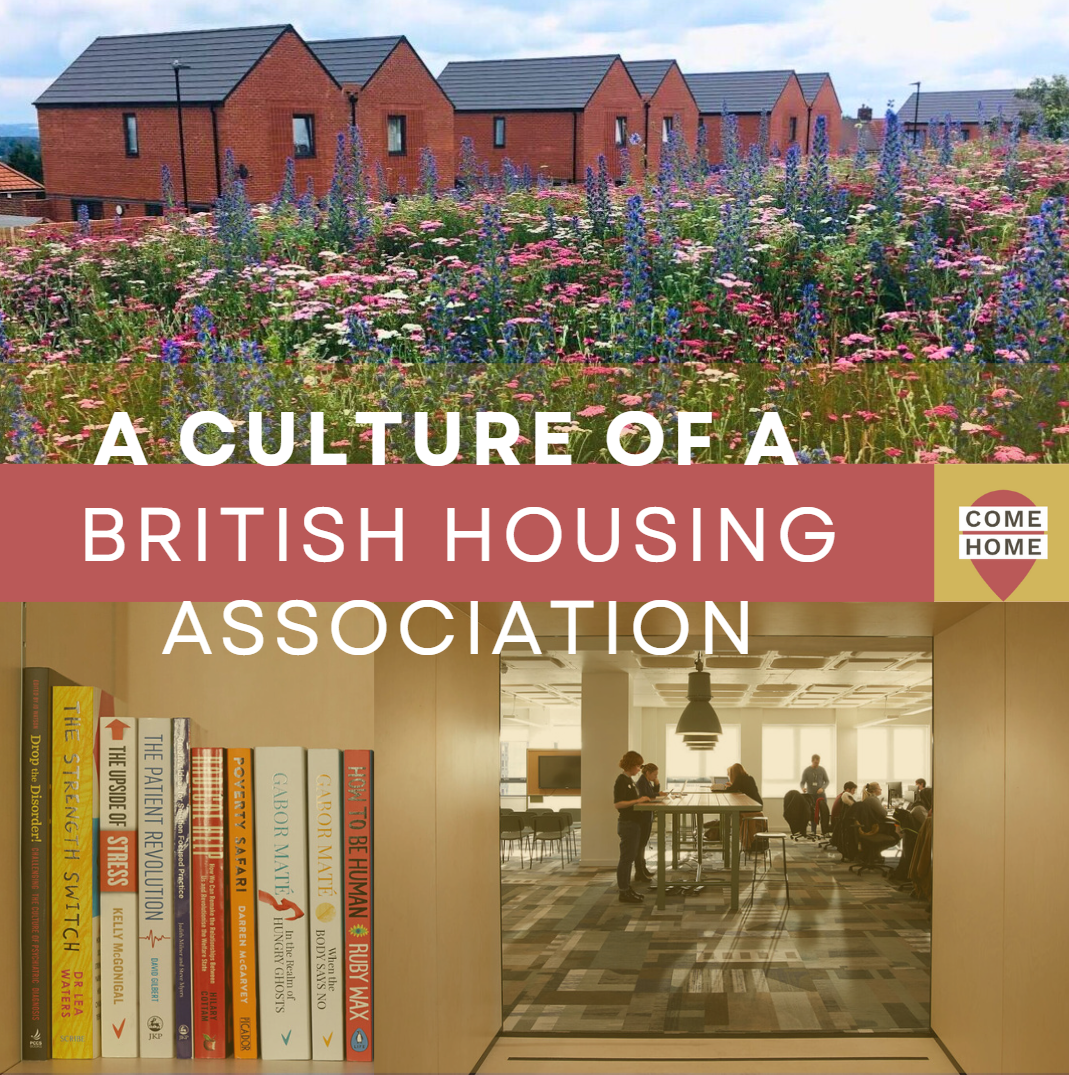Area: Design, planning and building
Housing can be perceived as consisting of two inseparable components: the product and the process. The product refers to the building as a physical artefact, and the process encompasses the activities required to create and manage this artefact in the long term (Turner, 1972), as cited in (Brysch & Czischke, 2021). Affordability is understood as the capability to purchase and maintain something long-term while remaining convenient for the beneficiary's resources and needs (Bogdon & Can, 1997).
Housing Affordability is commonly explained as the ratio between rent and household income (Hulchanski, 1995). However, Stone (2006, p.2) proposed a broader definition of housing affordability to associate it with households' social experience and financial stability as:
"An expression of the social and material experiences of people, constituted as households, in relation to their individual housing situations", ….. "Affordability expresses the challenge each household faces in balancing the cost of its actual or potential housing, on the one hand, and its non-housing expenditures, on the other, within the constraints of its income."
Housing costs signify initial and periodic payments such as rent or mortgages in the case of homeowners, housing insurance, housing taxes, and so on. On the other hand, non-housing costs include utility charges resulting from household usage, such as energy and water, as well as schools, health, and transportation (AHC, 2019; Ezennia & Hoskara, 2019). Therefore, housing affordability needs to reflect the household's capability to balance current and future costs to afford a house while maintaining other basic expenses without experiencing any financial hardship (Ezennia & Hoskara, 2019).
Two close terminologies to housing affordability are “affordable housing” and “affordability of housing”. Affordable housing is frequently mentioned in government support schemes to refer to the housing crisis and associated financial hardship. In England, affordable housing is still concerned with its financial attainability, as stated in the UK Government's official glossaries: "Housing for sale or rent, for those whose needs are not met by the market (including housing that provides a subsidised route to home ownership and/or is for essential local workers)", while also complying with other themes that maintain the affordability of housing prices in terms of rent or homeownership (Department for Levelling Up Housing and Communities, 2019).
The affordability of housing, on the other hand, refers to a broader focus on the affordability of the entire housing market, whereas housing affordability specifically refers to the ability of individuals or households to afford housing. In the literature, however, the term “affordability of housing” is frequently used interchangeably with “housing affordability,” despite their differences (Robinson et al., 2006). The "affordability of housing" concerns housing as a sector in a particular region, market or residential area. It can correlate affordability with population satisfaction, accommodation types and household compositions to alert local authorities of issues such as homelessness (Kneebone & Wilkins, 2016; Emma Mulliner et al., 2013; OECD, 2021). That is why the OECD defined it as "the capacity of a country to deliver good quality housing at an accessible price for all" (OECD, n.d.).
Short-term and long-term affordability are two concepts for policymakers to perceive housing affordability holistically. Short-term affordability is "concerned with financial access to a dwelling based on out-of-pocket expenses", and long-term affordability is " about the costs attributed to housing consumption" (Haffner & Heylen, 2011, p.607). The costs of housing consumption, also known as user costs, do not pertain to the monthly utility bills paid by users, but rather to the cost associated with consuming the dwelling as a housing service (Haffner & Heylen, 2011).
“Housing quality” and “housing sustainability” are crucial aspects of housing affordability, broadening its scope beyond the narrow economic perspective within the housing sector. Housing affordability needs to consider "a standard for housing quality" and "a standard of reasonableness for the price of housing consumption in relation to income" (p. 609) (Haffner & Heylen, 2011). In addition, housing affordability requires an inclusive aggregation and a transdisciplinary perspective of sustainability concerning its economic, social, and environmental facets (Ezennia & Hoskara, 2019; Perera, 2017; Salama, 2011).
Shared concerns extend across the domains of housing quality, sustainability, and affordability, exhibiting intricate interrelations among them that require examination. For instance, housing quality encompasses three levels of consideration: (1) the dwelling itself as a physically built environment, (2) the household attitudes and behaviours, and (3) the surroundings, encompassing the community, neighbourhood, region, nation, and extending to global circumstances (Keall et al., 2010). On the other hand, housing sustainability embraces the triad of economic, social, and environmental aspects. The shared problems among the three domains encompass critical aspects such as health and wellbeing, fuel poverty and costly long-term maintenance proximity to workplaces and amenities, as well as the impact of climate.
Health and wellbeing
Inequalities in health and wellbeing pose a significant risk to social sustainability, mainly in conditions where affordable dwellings are of poor quality. In contrast, such conditions extend the affordability problem posing increased risks to poor households harming their health, wellbeing and productivity (Garnham et al., 2022; Hick et al., 2022; Leviten-Reid et al., 2020). An illustrative example emerged during the COVID-19 pandemic, where individuals residing in unsafe and poor-quality houses faced higher rates of virus transmission and mortality (Housing Europe, 2021; OECD, 2020). Hence, addressing housing affordability necessitates recognising it as a mutually dependent relationship between housing quality and individuals (Stone, 2006).
Fuel poverty and costly long-term maintenance
Affordable houses of poor quality pose risks of fuel poverty and costly long-term maintenance. This risk makes them economically unsustainable. For example, good quality entails the home being energy efficient to mitigate fuel poverty. However, it might become unaffordable to heat the dwelling after paying housing costs because of its poor quality (Stone et al., 2011). Thus, affordability needs to consider potential fluctuations in non-housing prices, such as energy bills (AHC, 2019; Smith, 2007). Poor quality also can emerge from decisions made during the design and construction stages. For example, housing providers may prioritise reducing construction costs by using low-quality and less expensive materials or equipment that may lead to costly recurring maintenance and running costs over time (Emekci, 2021).
Proximity to work and amenities
The proximity to workplaces and amenities influences housing quality and has an impact on economic and environmental sustainability. From a financial perspective, Disney (2006) defines affordable housing as "an adequate basic standard that provides reasonable access to work opportunities and community services, and that is available at a cost which does not cause substantial hardship to the occupants". Relocating to deprived areas far from work opportunities, essential amenities, and community services will not make housing affordable (Leviten-Reid et al., 2020).
Commuting to a distant workplace also incurs environmental costs. Research shows that reduced commuting significantly decreases gas emissions (Sutton-Parker, 2021). Therefore, ensuring involves careful planning when selecting housing locations, considering their impact on economic and environmental sustainability (EK Mulliner & Maliene, 2012). Moreover, design practices can contribute by providing adaptability and flexibility, enabling dwellers to work from home and generate income (Shehayeb & Kellett, 2011).
Climate change's mutual impact
Climate change can pose risks to housing affordability and, conversely, housing affordability can impact climate change. A house cannot be considered "affordable" if its construction and operation result in adverse environmental impacts contributing to increased CO2 emissions or climate change (Haidar & Bahammam, 2021; Salama, 2011). For a house to be environmentally sustainable, it must be low-carbon, energy-efficient, water-efficient, and climate-resilient (Holmes et al., 2019). This entails adopting strategies such as incorporating eco-friendly materials, utilizing renewable energy sources, improving energy efficiency, and implementing sustainable water management systems (Petrović et al., 2021). However, implementing these measures requires funding initiatives to support the upfront costs, leading to long-term household savings (Holmes et al., 2019). Principio del formulario
Furthermore, when houses lack quality and climate resilience, they become unaffordable. Households bear high energy costs, especially during extreme weather conditions such as heatwaves or cold spells (Holmes et al., 2019). Issues like cold homes and fuel poverty in the UK contribute to excess winter deaths (Lee et al., 2022). In this context, climate change can adversely affect families, impacting their financial well-being and health, thereby exacerbating housing affordability challenges beyond mere rent-to-income ratios.
Created on 17-10-2023
Author:
A.Elghandour (ESR4),
K.Hadjri (Supervisor)
Read more ->




